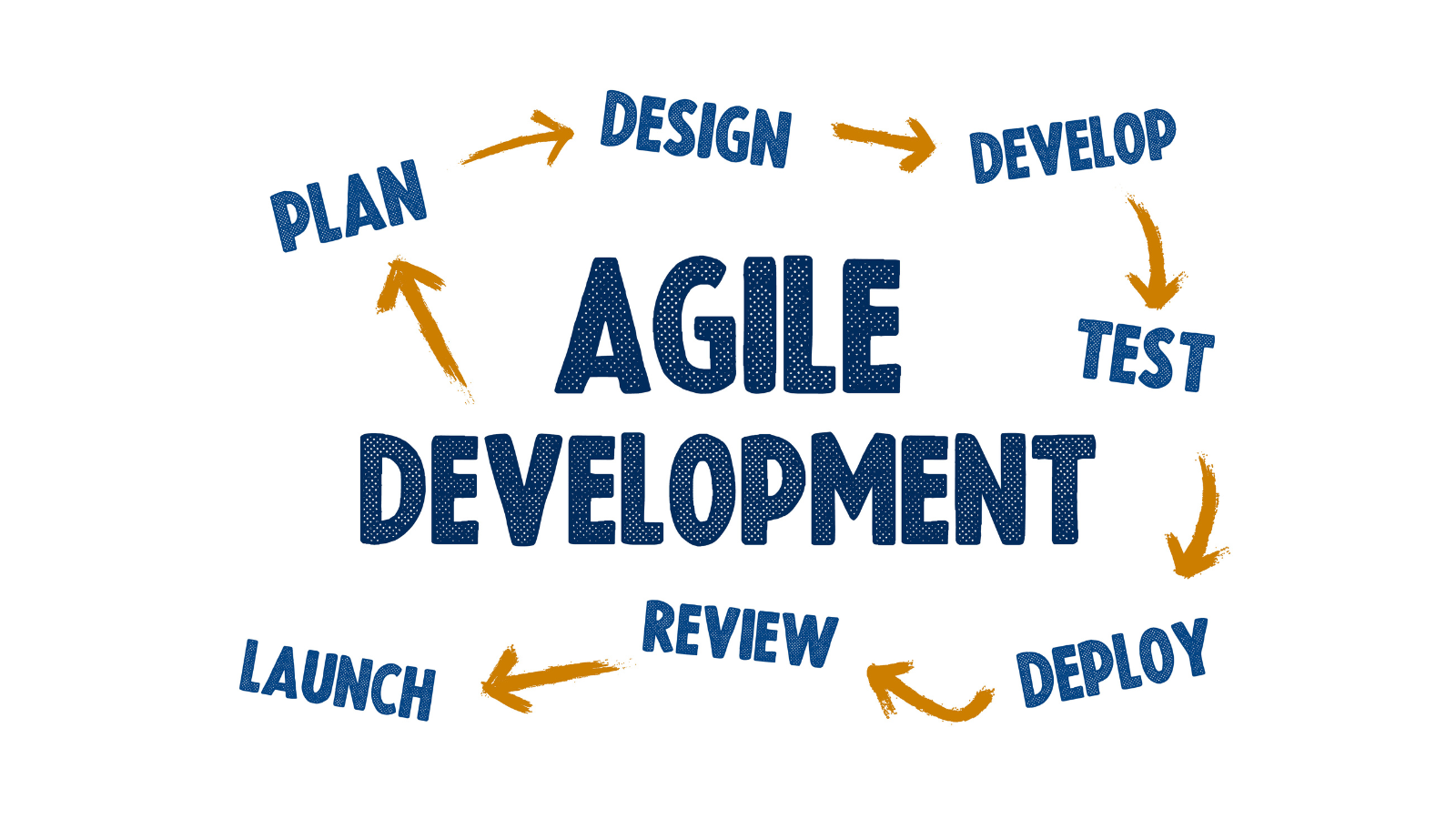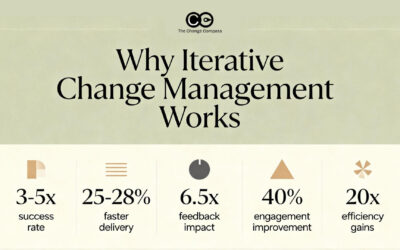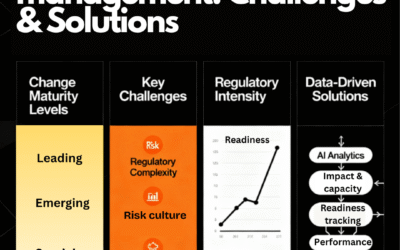Agile is all the rage at the moment in driving change and transformation. Many call out the importance of stakeholder management, communicating regularly, ensuring strong sponsorship, and clarity of business requirements. Others emphasize the need to have continual people interactions versus documentation and processes. For the uninitiated all of these seem to make sense, but yet not that different compared to using other methodologies in other projects. Agile methodologies have emerged as the catalysts for change and transformation. Anchored by principles such as stakeholder engagement, transparent communication, and robust sponsorship, Agile’s true essence lies in its unique approach – the rapid release of incremental changes, fostering a culture of continual learning and adaptability.
One of the key tenets of agile involves releasing a series of smaller changes rapidly, learning and adjusting from each release, rather than spending a longer time to work on a much bigger release that may or may not be successful.
However, releasing a series of changes can be unsettling, disruptive, and hard to keep up for employees. This is especially the case for larger programs when the timeline could go for more than 1 year. Combining several programs, you can imagine the unsettling rather of these changes on employees and the business.
How do we resolve this? The key is to provide a strong picture of the end state and how things will look like and set the expectation that there will be a series of changes, providing examples of these as well as explaining why this is an effective way to drive change. Yes, We may not know exactly the details of the end state, but the business should be clear in the overall outcomes and key works to get there.
To do this effectively we need to be able to connect the dots and tell the story of the journey of change and how the different changes connect to lead us to the end state. Sounds simple? Yet lots of companies are not able to reach this outcome due to a big pipeline of changes.
Illustrating the Power of Digital Connectivity
Agile in Software Development: Consider a software development project embracing Agile principles. Instead of the traditional monolithic release after months of development, Agile allows teams to deliver functional components regularly. Users gain hands-on experience early, providing invaluable feedback for immediate adjustments.
Navigating Business Transformation: In a complex business transformation, Agile’s iterative approach proves invaluable. Imagine a company implementing a new customer relationship management (CRM) system. Agile permits incremental updates based on user feedback, ensuring the CRM aligns seamlessly with evolving business needs.
Strategic Resource Allocation: A company grappling with a pipeline of diverse changes faces challenges in maintaining clarity. Digital tools, like ‘The Change Compass,’ offer a panoramic view, enabling leaders to visualize the interconnectedness of initiatives. This facilitates strategic decision-making and precise resource allocation.
Employee-Centric Transformations: Consider an organization rolling out changes to internal workflows. Agile, supported by digital tools, empowers leaders to communicate phased changes effectively. This ensures employees not only understand the bigger picture but also feel more engaged in the transformation process.
The solution? Use digital means to connect the dots and not rely on personal interpretation. Use a digital tool to examine what is coming down the pipeline, and therefore create meaning and better prioritize initiatives to move the business forward. By seamlessly weaving Agile methodologies into their fabric and harnessing the power of tools such as ‘The Change Compass,’ organizations adeptly steer through the ever-evolving landscape of perpetual change. Serving as a strategic guide, ‘The Change Compass’ leverages analytics and machine learning to streamline change orchestration, prioritize initiatives, and guide organizations with precision and confidence toward their transformation targets. This approach cultivates a work environment characterized by transparency, adaptability, and active engagement. As a result, the journey toward the end state transforms into a seamlessly connected narrative of continual progress and sustainable growth.






